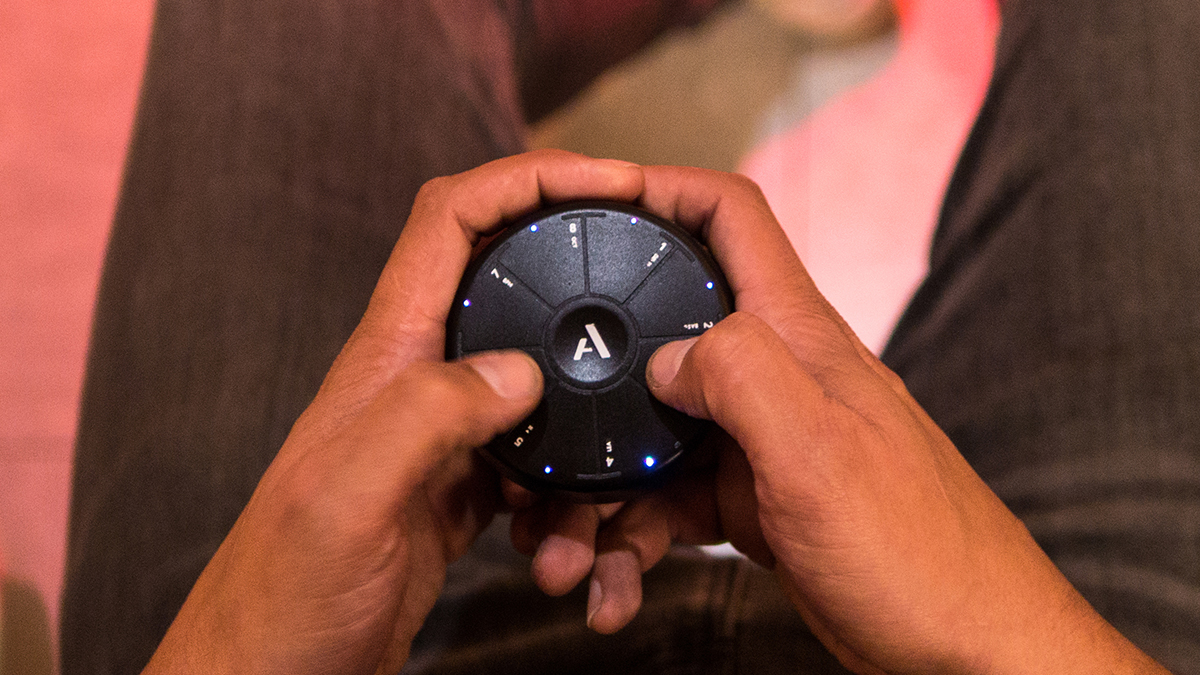East Coast vs West Coast synthesis: what's the difference?
For years, these two types of synthesis have offered distinct sonic experiences. But what are the differences and advantages of each?
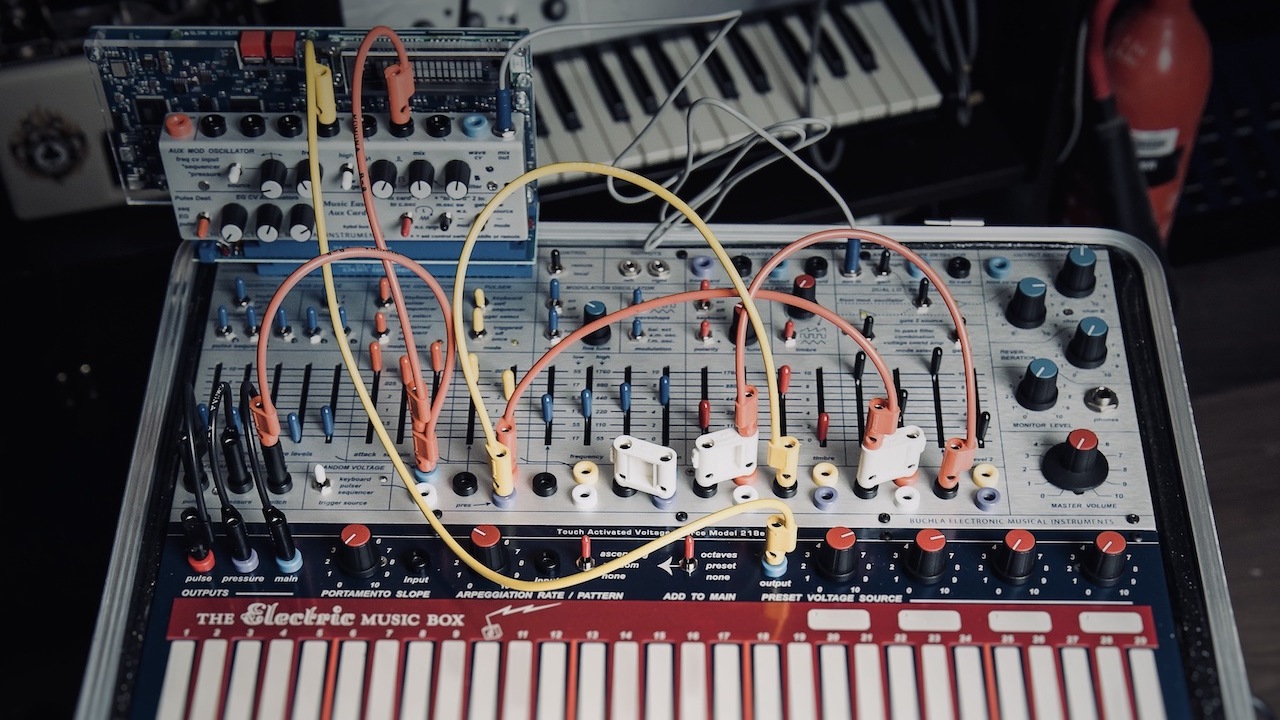
Thanks to the Eurorack explosion and affordable products like the Korg Volca Modular and Make Noise 0-Coast, the term ‘West Coast Synthesis’ has become the hot new buzzword for both hardware and softsynths.
While this nomenclature often mortifies experienced sound designers, who feel that all techniques are simply tools for dynamically modifying waveforms before routing them to speakers, it’s still useful as cultural shorthand to differentiate between familiar subtractive synthesis and designing your waveforms from the ground up.
Defining ‘West Coast’ in straightforward terms is certainly opening a can of worms, but there are several analogies that fans of either format might agree on. For starters, if we think of synthesis as a system for sculpting sound, then subtractive synthesis is like using a chisel on a block of material, while West Coast is more like moulding original shapes from clay.
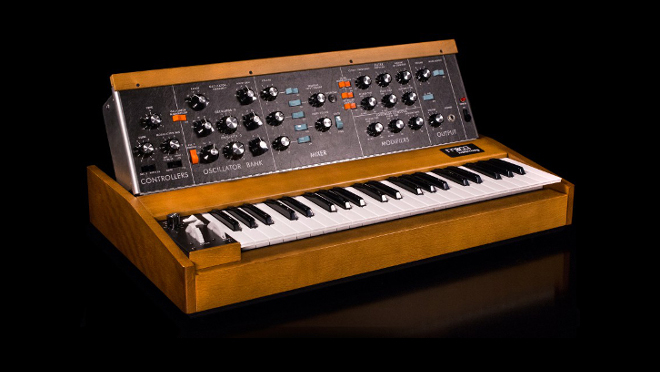
That is, in subtractive synthesis, we start with one or more very bright waveforms like sawtooth, pulse/square, and/or noise, then subtract frequencies by applying specialised filters to their mixed output. To add animation, we modulate the pitch, cutoff, and volume via envelopes and LFOs that have consistent and predictable behaviours.
West Coast usually starts with simple waveforms like sine or triangle, then distorts their shape with tools like audio-rate modulation and wavefolding, making them brighter and more complex. It’s here that we’ll start our coast-to-coast trip.
Beginning with Buchla
For nearly five decades, the mainstream view of synthesis pioneers was largely constrained to covering East Coast innovators like Robert Moog, Dave Smith, Tom Oberheim, and Alan R. Pearlman. Don Buchla’s name was always included, but it was often as an outlier, since Buchla didn’t even like the word ‘synthesiser’ applied to his creations. In Don’s view, a synthesiser was imitative, whereas Buchla modular rigs were electronic instruments that eschewed traditional music approaches.
This was further reinforced by the naming conventions for his modules, which included Complex Waveform Generator, Multiple Arbitrary Function Generator, Quad Dynamics Manager, and Source of Uncertainty (which was far more than just a randomisation tool). These modules encouraged experimentation, and for many, seemed utterly unpredictable until their owners lived with them for extended periods of time, deconstructing their features empirically, as opposed to memorising an instruction manual.
Get the MusicRadar Newsletter
Want all the hottest music and gear news, reviews, deals, features and more, direct to your inbox? Sign up here.

Even then, the interaction between Buchla modules was not something that was easily mastered. This remains an important part of their current renaissance, evoking the Zen concept of ‘beginner’s mind’ and reigniting playfulness for even experienced users.
Don Buchla’s creative aesthetic was also pervasive in his groundbreaking MIDI performance controllers of the late ’80s and early ’90s. Specifically, the Thunder and Lightning units, which were integrated via software aptly called ‘Storm’. The 1990 Thunder controller was an offshoot of his earlier 222e touch surface, including its position- and pressure-based features, but expanding upon them with ‘Riff’ options that allowed users to trigger and then manipulate short sequences on a per-pad basis.
This system was a clear forebear to Ableton Live’s real-time clip tools, as well as its current Push controllers. Later, his Lightning controllers relied on dual infrared wands to interactively manipulate MIDI data, evoking both Harry Potter and the Theremin.
So, while the tone generation methods of West Coast synthesis covered in this piece are structurally different from subtractive synthesisers, these elements are only a piece or two of the larger puzzle. Microtonality and non-standard performance control are just as relevant as tone generation and shaping. Thanks to the Eurorack renaissance, it’s no longer a matter of competing ideologies. Savvy users can easily mix and match sonic strategies from either ‘coast’.
Subtractive synthesis
By condensing the most commonly used components of modular synths into the Minimoog, Bob Moog ushered in the ‘analogue’ era...
Thanks to the format of the Minimoog and ARP Odyssey, ‘East Coast’ synthesis was neatly encapsulated quite early, which in many ways limited the enormous potential lurking in early Moog modulars and the ARP 2500/2600. By mainstreaming the architecture into a more manageable signal flow, countless manufacturers were able to produce their own versions of the signature Minimoog architecture, which consisted of three oscillators (one could double as an LFO), a noise generator, mixer, low-pass resonant filter, and dual dedicated envelopes for cutoff and volume.
By committing to this signal flow and hard-wiring the envelopes, subtractive synthesis became far more manageable for newcomers – at the expense of deeper experimentation. Even so, it jumpstarted the electronic music revolution.
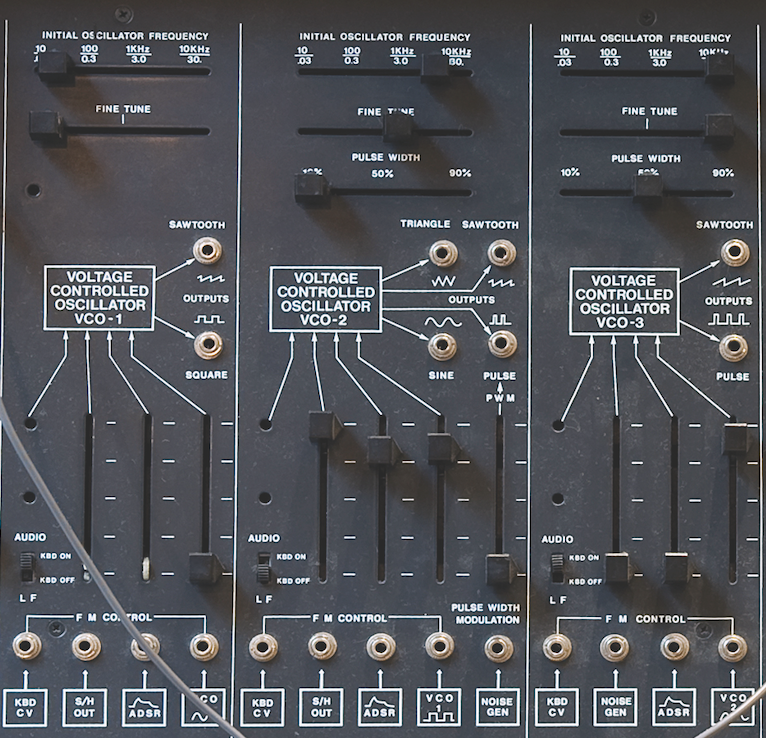
One or more oscillators with different tunings and waveforms create the source signal. In later instruments, oscillators were replaced by samples or wavetables, but the concept of a harmonically rich tone generator remains the starting point.

This source signal was then processed by a filter to remove specific frequency content. Resonant low-pass filters became the standard. ARP and Roland added high-pass filters, while Oberheim introduced the revolutionary state-variable filter.
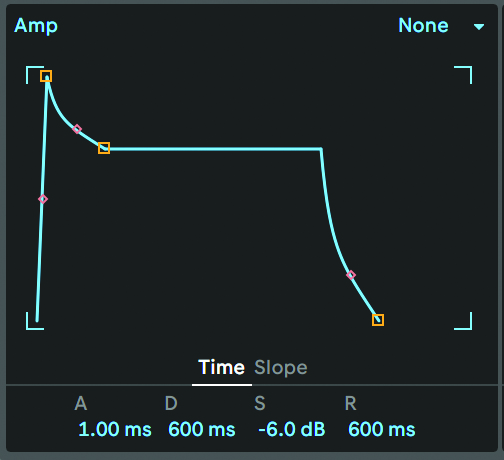
To add volume dynamics, a VCA finalised the signal chain. In conjunction with envelopes for volume and filter cutoff, this provided the ability to produce sustaining sounds, plucks and decays, or hybrids of the two.
Buchla basics
In this tutorial we'll be using Arturia's excellent software emulation of the Buchla Easel, Buchla Easel V. The synth's basic Template/Default preset is the perfect starting point for getting acquainted with the Easel’s tone manipulation resources...
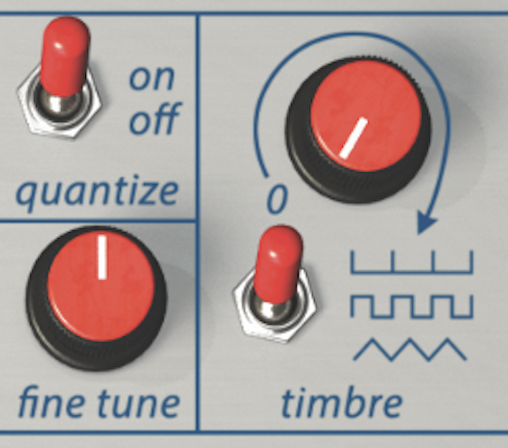
If you know the basics of FM synthesis, the first step is understanding that the Complex Oscillator is the carrier for the Modulation Oscillator. The Timbre controls at the top transform a sine-like wave into triangle, square, or sawtooth – blended via the associated knob.
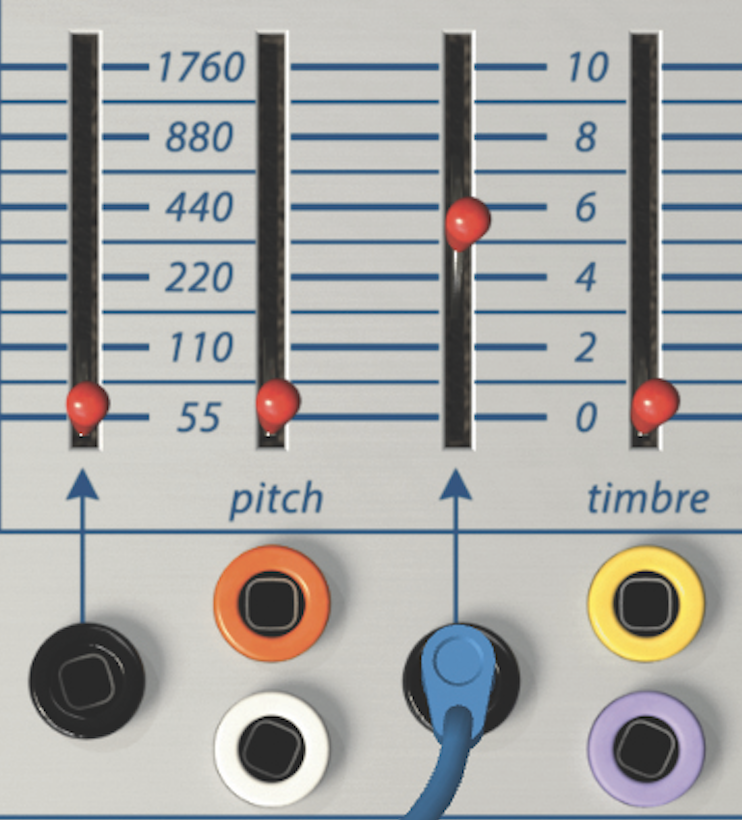
Below this is the Timbre slider, which adjusts the amount of Buchla’s iconic wavefolding function, which can be used both directly and in conjunction with a voltage control source like the envelope, sequencer, or one of Arturia’s MIDI connections like mod wheel, velocity, or keyboard.
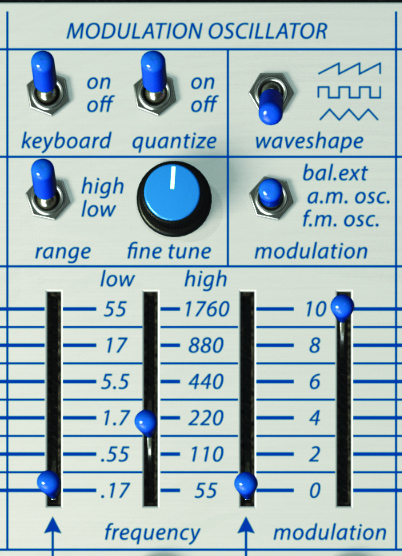
The Modulation Oscillator offers both FM and AM modes, as well as multiple waveshapes and a low-frequency mode. Depth is determined by the fader and also modified by the same modulation tools as the wavefolding options above. If you want to stick with harmonic sidebands, set the tuning slider to a C or G.
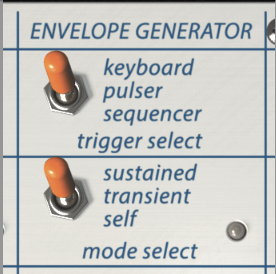
The envelope section provides three modes – sustained, transient and self – as well as attack, sustain time, and decay. The ‘self’ mode is noteworthy as it loops the envelope like an LFO. The trigger modes also include an option for syncing it to the sequencer clock.
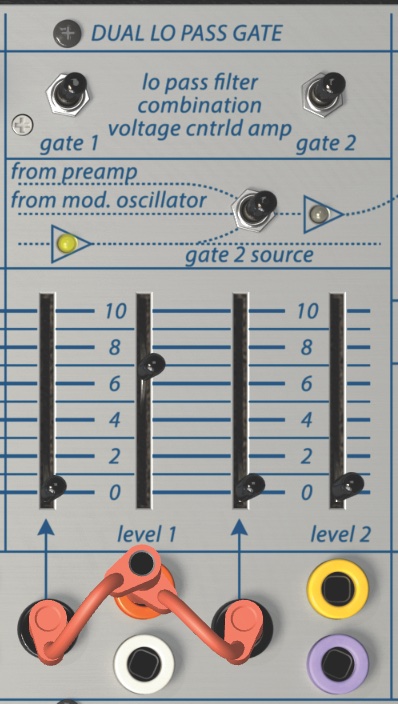
The dual Lo Pass Gates behave as low-pass filters, amplifiers, or both in combination. The first LPG processes the Complex Oscillator, while the second can be patched after it in series or used as a discrete processor for the Modulation Oscillator for two-oscillator interval or detuning effects. Either can also be modulated dynamically.
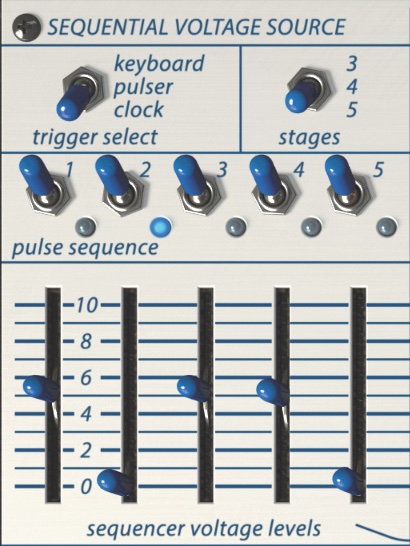
The Sequential Voltage Source is essentially a simple ramp generator with the Period parameter governing decay time in Keyboard trigger mode. Switching to Pulser activates its repeat function. In ‘free’ mode, the decay time determines the cycle speed, while clock mode ties repeats to the master tempo.
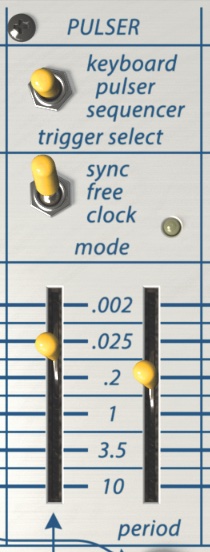
This can be applied to any modulation input and used for timbre, pitch, or unusual interactions. Interestingly, its rate can also be tied to the pulser’s cycling in ‘free’ mode. Steps can be individually enabled and the length can be 3, 4, or 5 steps.
Do's and don'ts
Don’t... expect LP Gates to behave like traditional filters. They dynamically react to the signal volume at their input, in addition to cutoff settings.
Do... treat wavefolding as an alternative to adjusting the LP cutoff. The more folding you apply to your oscillator, the brighter the final output signal.
Don’t... rely on familiar subtractive envelope and LFO behaviours for articulating musical events. Function generators are far more unusual and lively – and worth investigating.
Do.... mix and match East and West modules in your setup. By combining the two approaches, you’ll achieve far more complex performance control and timbral diversity.
Do... use your ears to determine whether a West Coast element fits your track. Microtonal scales often lead to novel interactions with ‘tuned’ parts.
Beyond equal temperament
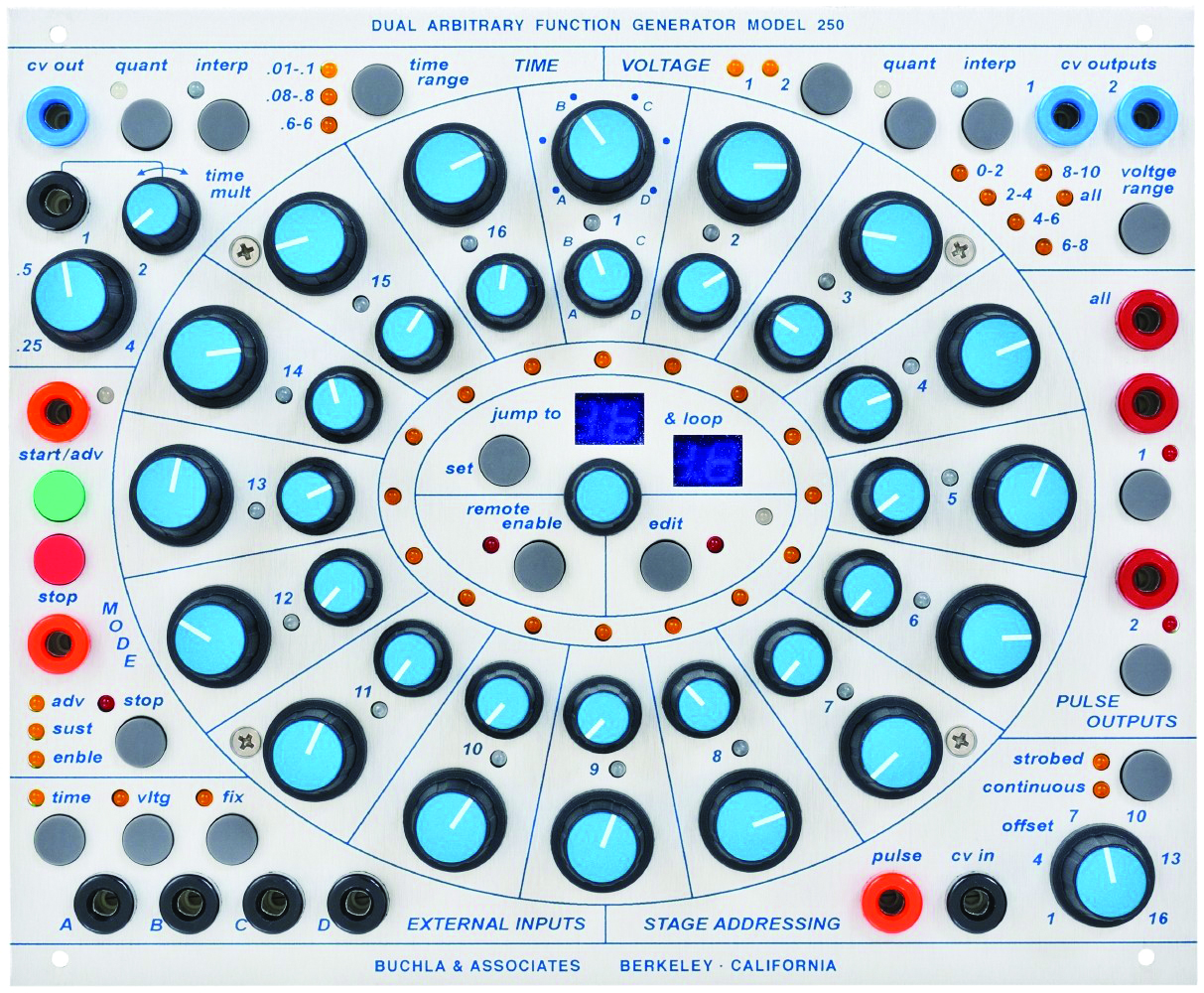
A crucial facet of the historic success of Moog modulars was the introduction of the volt-per-octave standard and traditional keyboard control, so early adopters had an instantly familiar performance interface based on the 12-tone equal temperament scale.
Buchla eschewed the piano keyboard and instead focused on innovations like the 222e control surface, with its vaguely birdlike shape that provided 27 discrete capacitance-controlled surfaces. Arguably, it preceded the behaviour of many modern iOS apps by adding nuance via pressure, position, and finger slides.
Sequencing – or more succinctly, tonal motion – was the other integral component of performance in the Buchla paradigm. Visually, the circular 250e Arbitrary Function Generator served as a step-sequencer with tools for nesting loops and voltage interpolation.
Metaphorically, the legendary 266e Source of Uncertainty provided random voltage generation that was infinitely deeper than the more common sample-and-hold generator, with control outputs that are astonishingly musical.
West Coast for the masses with the Volca Modular
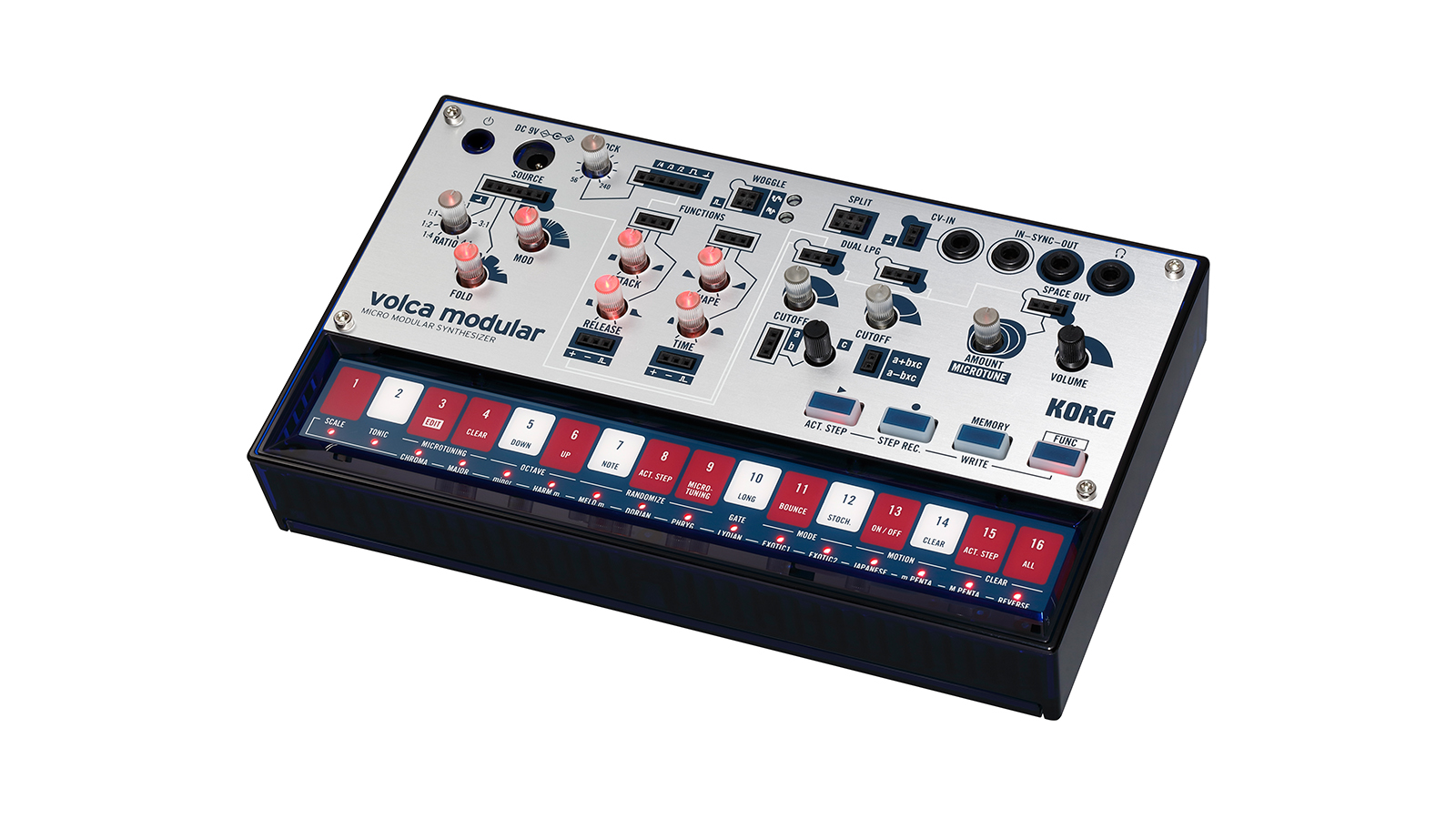
Korg’s pocket-sized Volca Modular brings the Buchla aesthetic back to Earth, and puts it within reach of budget-conscious producers.

Like the Buchla, the Volca Modular oscillator includes a Fold (wavefolding) knob. This has a different feel than the Easel, but still adds fuzz and grit to the source triangle wave. Note that the depth can be accessed and modulated from the patchbay above it.
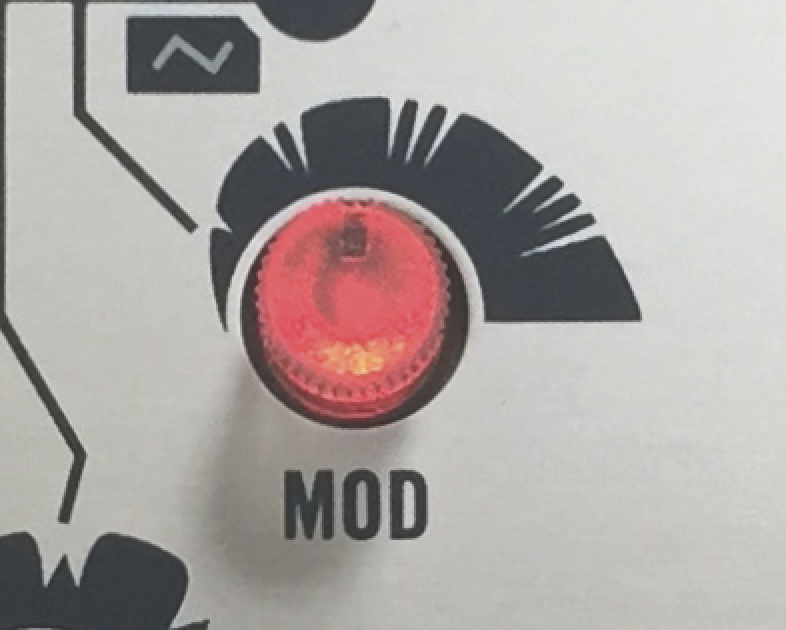
The Mod knob introduces frequency modulation (FM), which has a much stronger effect than the Buchla FM process, even with the Fold parameter at zero. Interestingly, even when the FM tuning is set to a specific ratio, some depth settings still produce inharmonic/atonal sidebands.
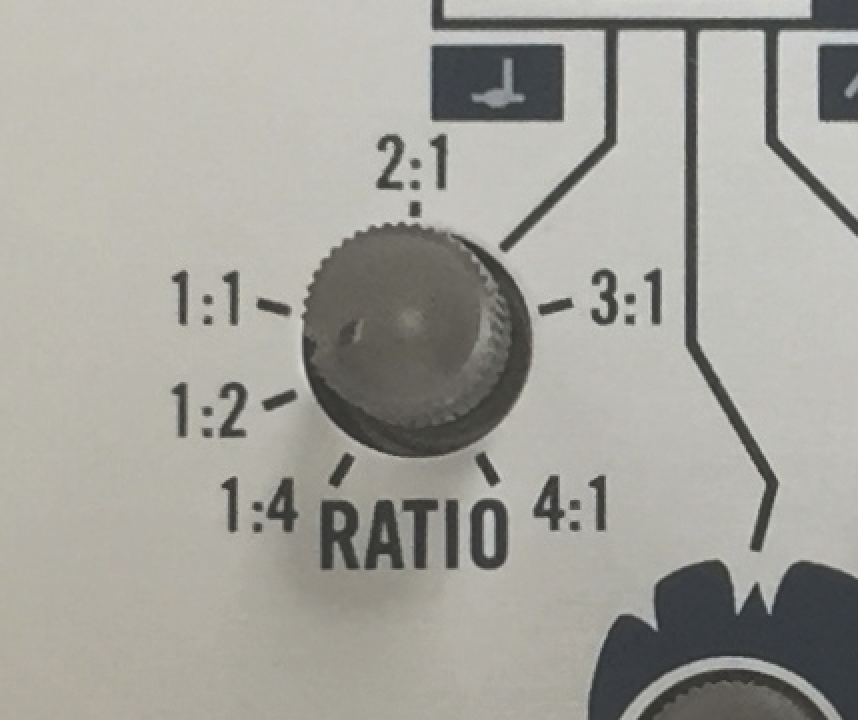
Since the Tuning parameter is digitally controlled, it includes ‘phantom’ detents for all of the harmonic tuning ratios (1:4, 1:2, 1:1, 2:1, 3:1, and 4:1). This makes it easy to find musical settings with minimised non-harmonic sidebands when sweeping the frequency. Areas between these detents deliver clangorous effects.
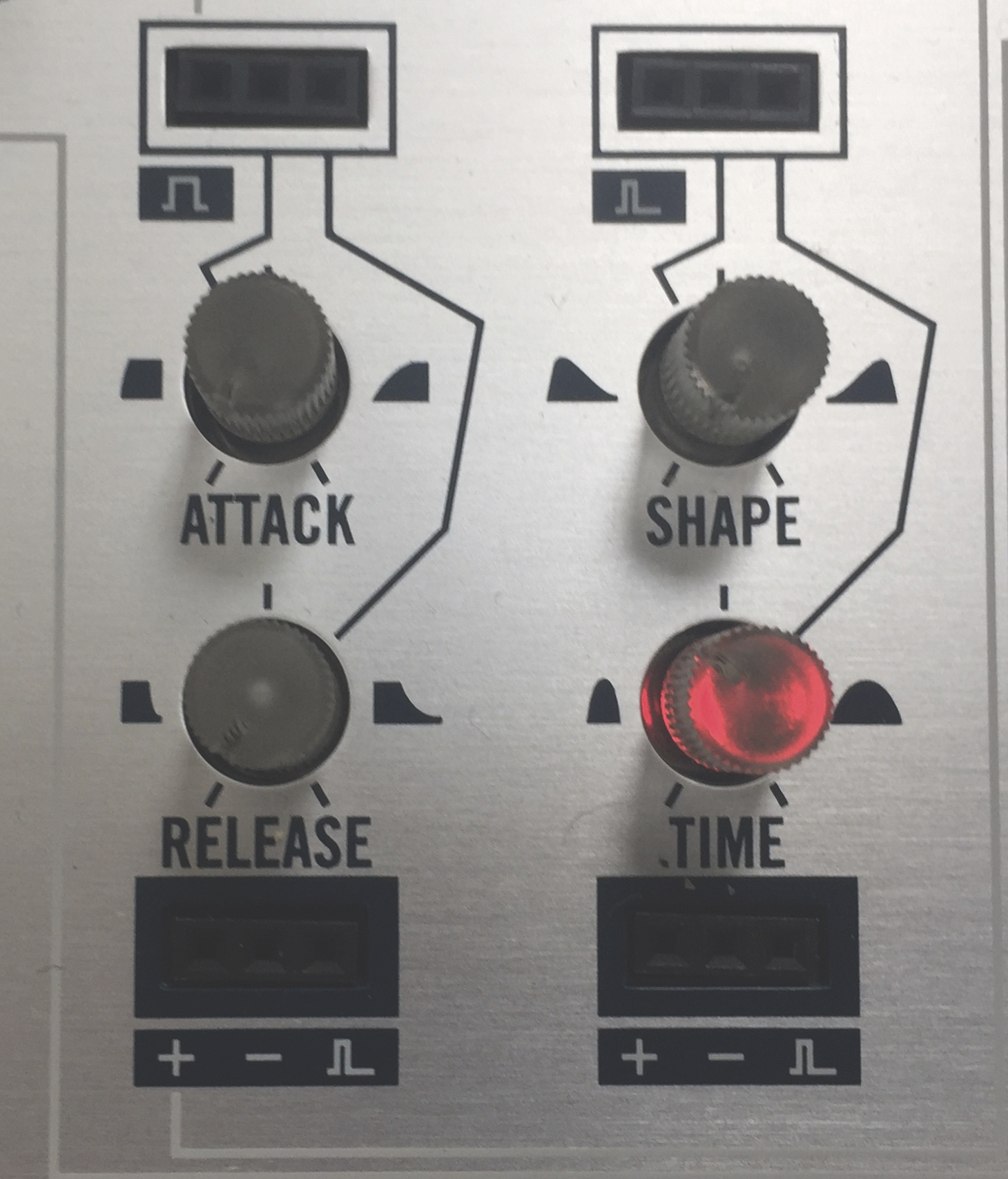
This envelope is normalised to the first of the Volca’s Low-Pass Gate circuits, so it functions as its primary envelope unless patched elsewhere. Note that the LP Gate cutoff interacts with the attack and release times. For familiar behaviour, keep the cutoff near maximum.
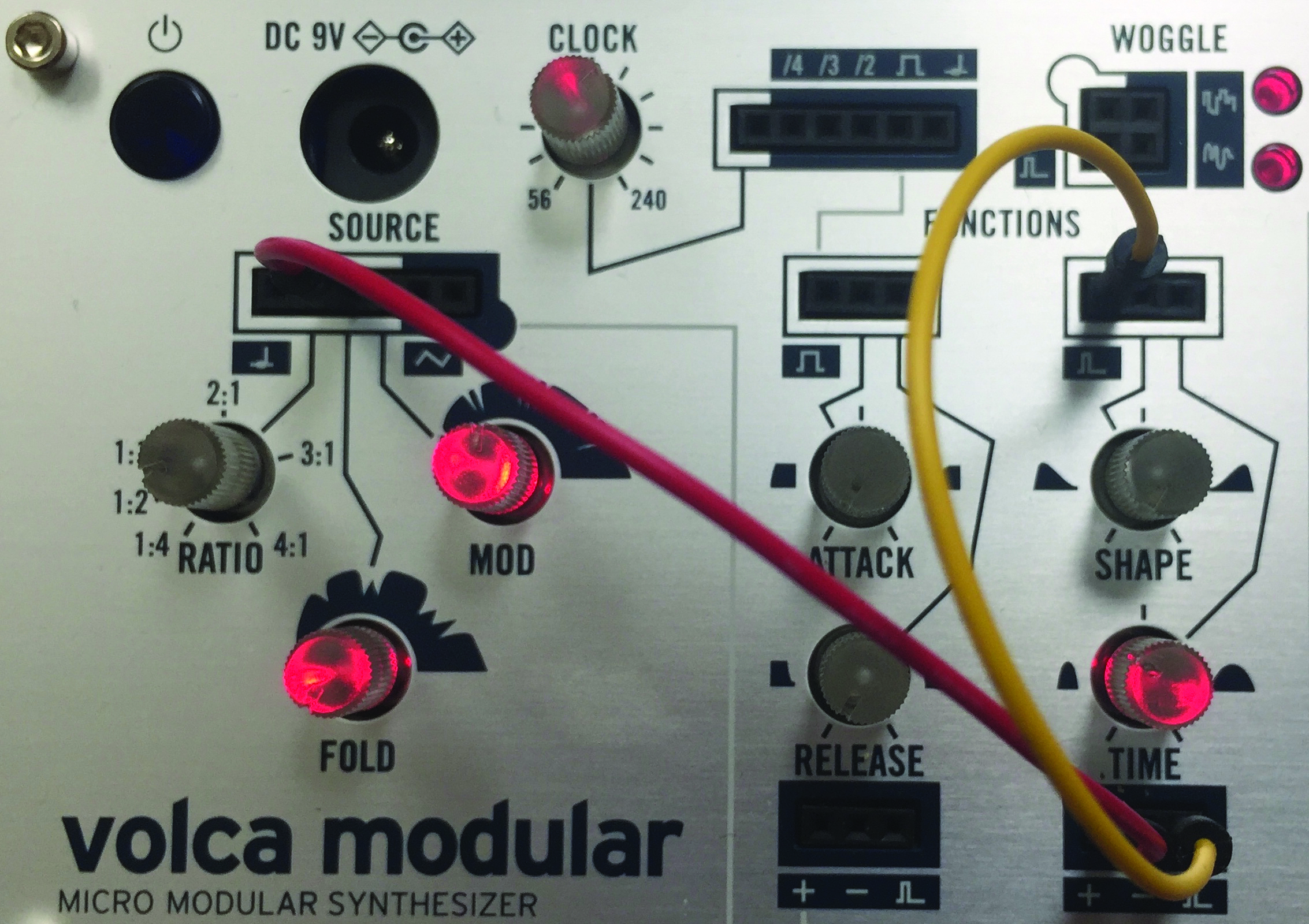
It’s a little easier to approach the Rise-Fall function as a continuously variable LFO shape that defaults to one-shot mode. You can loop it by connecting its gate out to gate in (yellow wire) then modulate a sonically obvious destination like Fold depth (red wire). From there, experiments will yield more recognisable results.
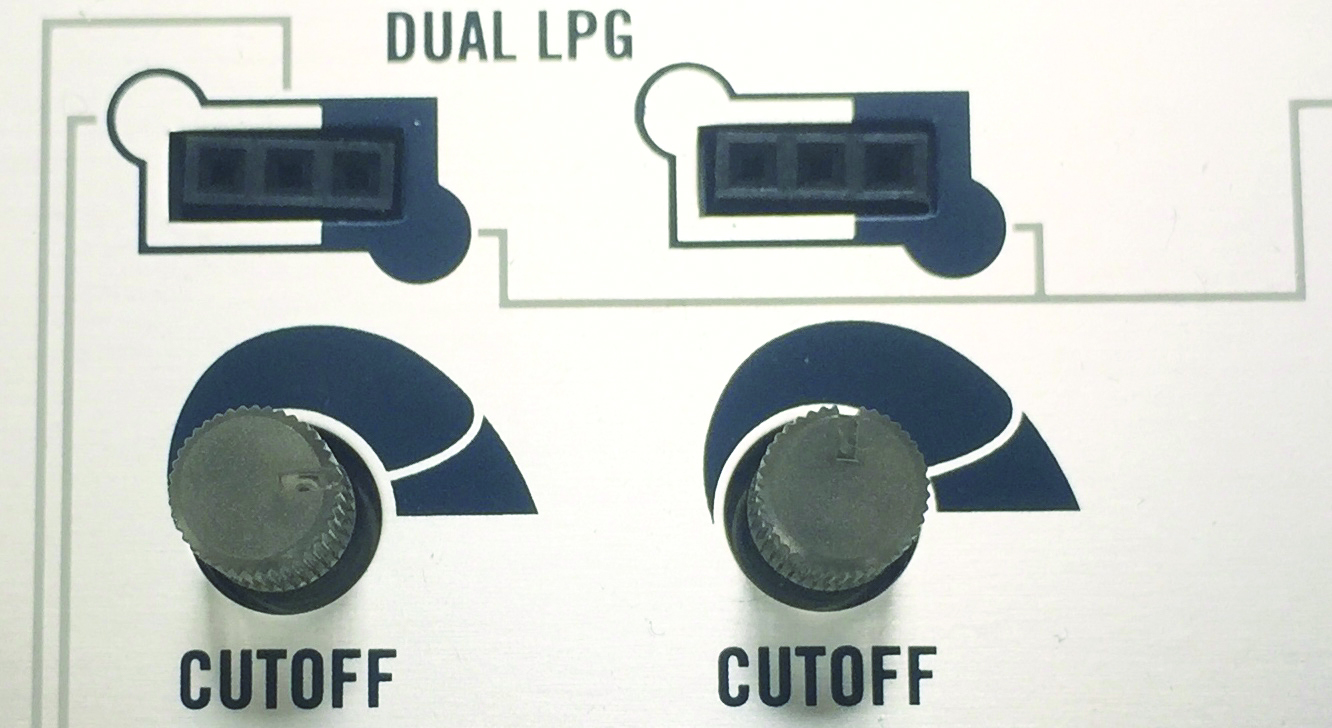
The LP Gates behave idiosyncratically since their behaviour is dynamically linked to the gain at their input stage. This can be quickly demonstrated by giving LPG 1 a low cutoff value, then slowly sweeping the Fold parameter from zero to maximum and then increasing cutoff.
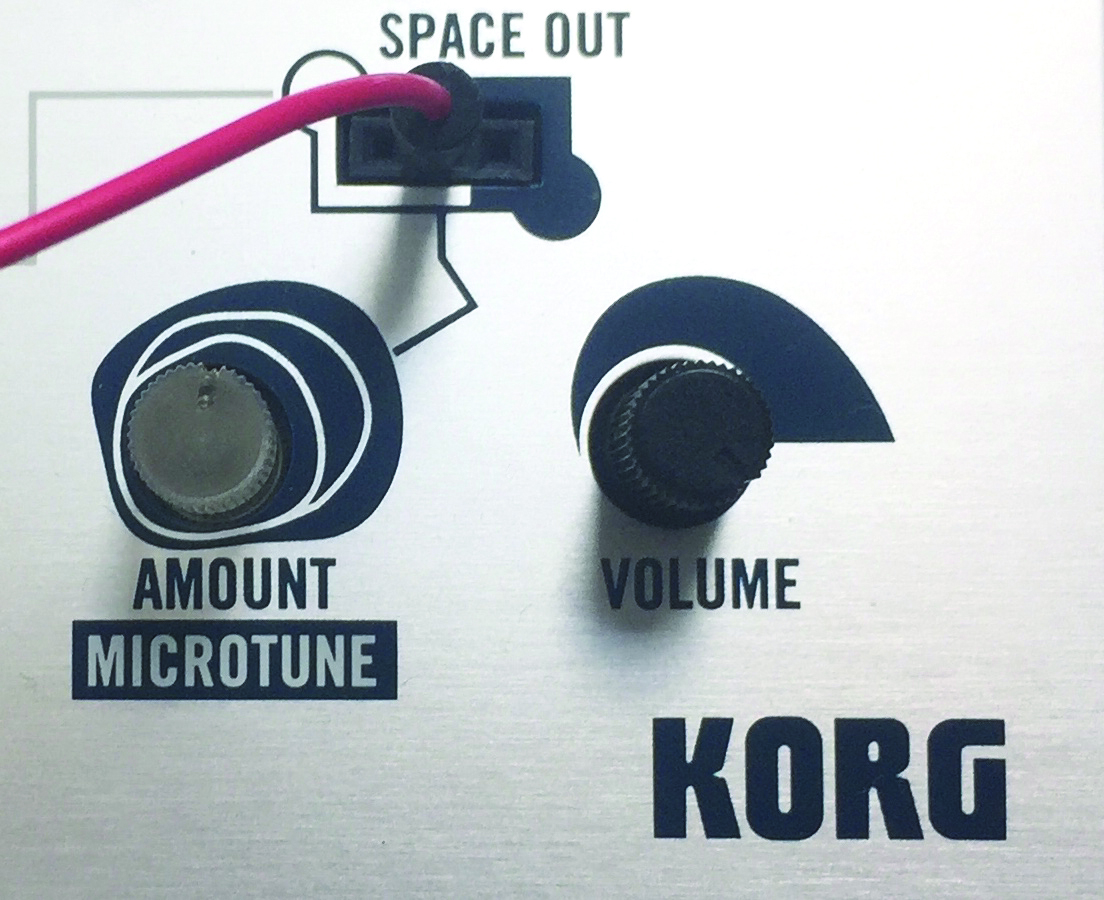
While this process is digitally derived, it’s a compelling spring-like reverb effect that includes modulation patch points. For a cool experiment, set up the Rise-Fall function for looping (above), then connect the red output wire to the Space amount modulation input and tinker.
A glossary of essential East and West coast terms
Low-pass gate
While it may appear familiar at first glance, a Low-Pass Gate functions differently to the more common version on most synths. There’s no resonance function, which actually makes sense when you consider how much complex timbral animation is available within the oscillator structures.
Additionally, the LP Gate includes an integrated VCA that has a slightly dynamic behaviour based on the volume at its input. In a way, it’s a bit like a vintage analogue synth with only one envelope for amp and filter, since it increases volume in tandem with the cutoff frequency.
Audio modulation
West Coast synthesis is almost the original precursor to early digital synths like the Yamaha DX7 in that it introduced the concept of audio-rate modulation as a source of timbral complexity.
Instead of the holy trinity of saw/pulse/triangle oscillator waveforms, frequency modulation (FM) and amplitude modulation (AM) are applied to a second oscillator – often a sine or triangle wave – and their frequency relationship determines the harmonic content of the output. With this method, function generators can then be applied to depth and frequency for timbral motion.
Wavefolding
West Coast aficionados understand that a LP Gate is merely one way to affect the brightness of a sound. Equally common is wavefolding, which behaves a bit like saturation in that it chops off the top of waveforms and folds the result – inverted – back down on its peak.
You can get a feel for this effect while in the East Coast universe by taking a sine wave and feeding it into a distortion. While the original sine wave contains only a single frequency or harmonic, the overdrive mangles its curves into something more harmonically rich.
Function generators
While you’ll occasionally find familiar enveloping tools, it’s just as likely you’ll encounter function generators (the Korg Volca Modular has two). There are many implementations, but here are two of the most common types.
A contour generator is a simple envelope with attack and decay/release parameters and sometimes a sustain switch. Another tool is a repeating element that provides rise and fall times, with a rate control for the sweep. This can be looped for LFO effects, applied as a one-shot envelope, or used as a rhythmic, pulsing element.


